Labour and Working Conditions
The scope of labour and working conditions assessment and management includes human resources policies, staff and workforce planning, occupational health and safety, equal opportunity, staff development and training, and grievance and bargaining mechanisms.
For hydropower projects at the preparation stage, assessments should establish compliance requirements for the labour force, identify any risks or challenges that have arisen in relation to the project location, and inform the development of labour policies, plans and procedures. At the implementation stage, the focus should be on construction-related activities and implementation plans. At the operations stage, labour and work conditions issues will be centred on operation and maintenance of assets, monitoring and implementation of plans and programmes, and a diversity of corporate activities.
Understanding good practice
Adhering to good practice in this area can help to protect employee and contractor opportunity, equity, diversity, health and safety. The intent is that workers are treated fairly and protected.
International industry good practice in labour and working conditions for hydropower projects is defined in the Hydropower Sustainability Guidelines on Good International Industry Practice (HGIIP).
Assessing project performance
Two assessment tools are available to measure hydropower project performance:
In Hydropower Sustainability Assessment Protocol (HSAP), Labour and Working Conditions is addressed in P-16 for the preparation stage, I-12 for the implementation stage and O-12 for the operation stage.
In Hydropower Sustainability ESG Gap Analysis Tool, Labour and Working Conditions is addressed in Section 2.






